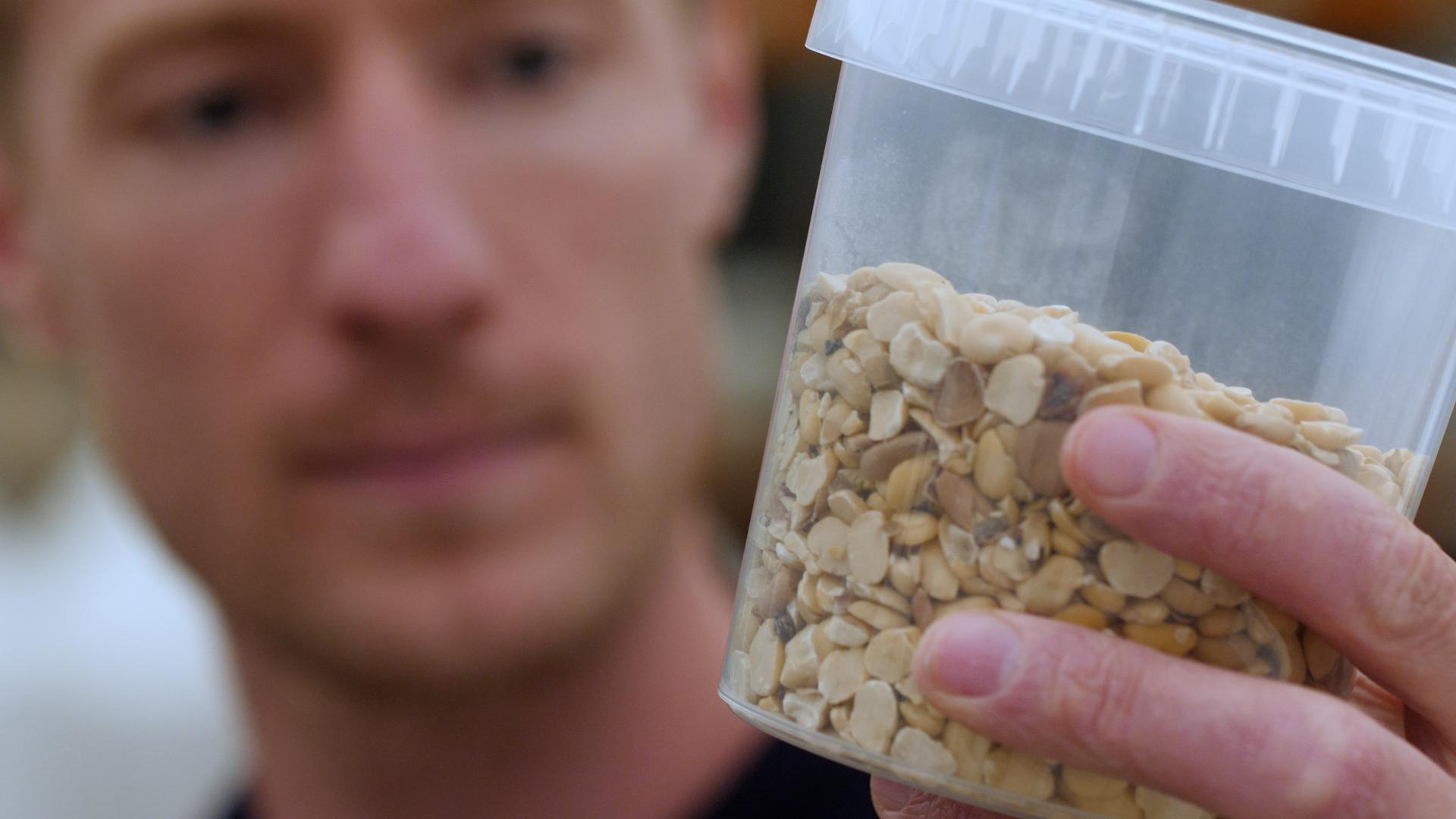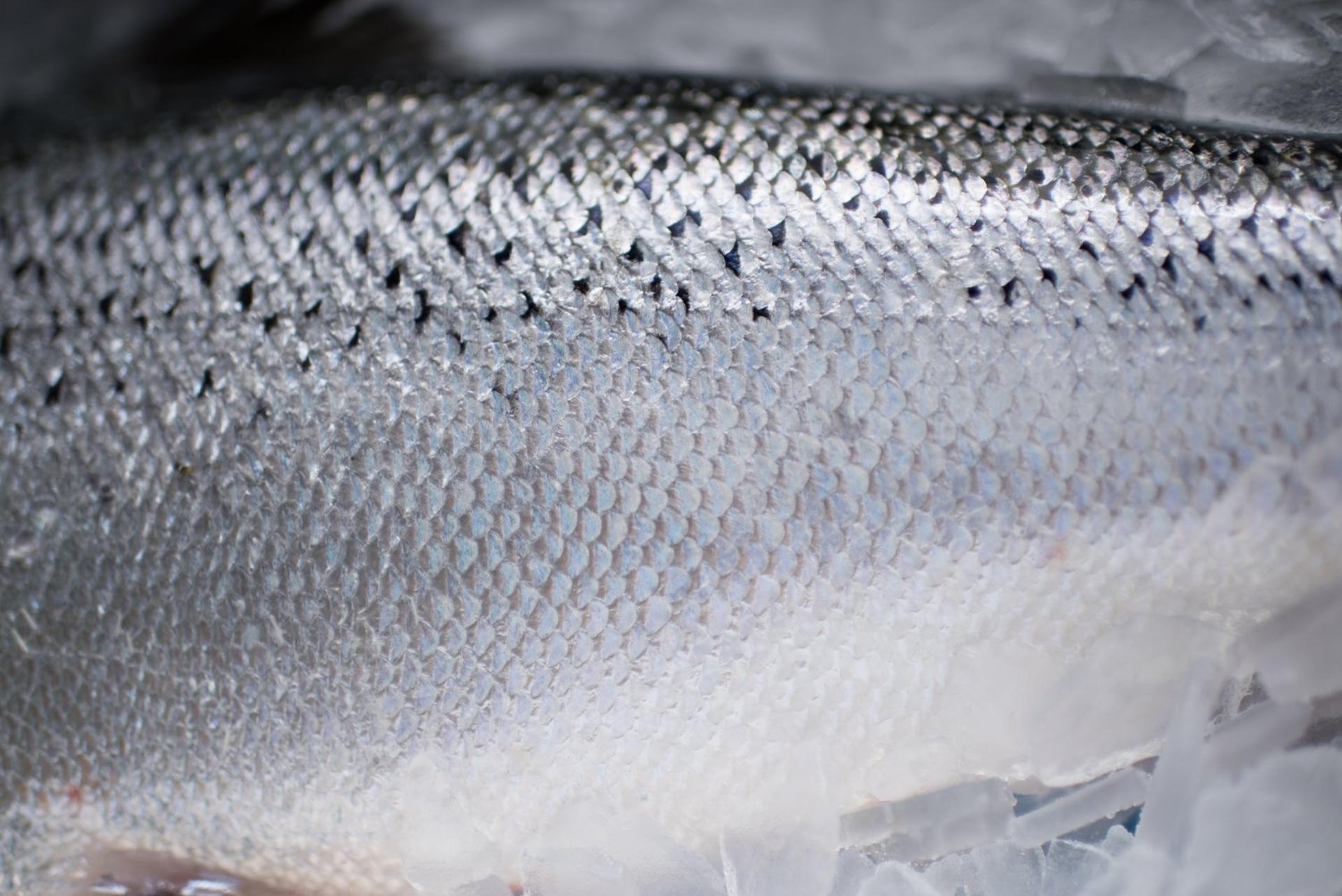Results
Growth and Survival
The study found no significant differences in growth performance between the control group and the group fed the antioxidant-supplemented diet. Specific growth rate (SGR), feed conversion ratio (FCR), hepatosomatic index (HSI), and visceral somatic index (VSI) were comparable between the two groups. However, the antioxidant diet significantly improved the survival rate, reducing mortality from 42% in the control group to 31% in the treated group.
Antioxidant and Biochemical Parameters
Fish fed the antioxidant diet exhibited enhanced antioxidant defences, as evidenced by increased activities of superoxide dismutase (SOD), glutathione peroxidase (GPx), and catalase (CAT), and higher levels of glutathione (GSH) and total antioxidant capacity (T-AOC).
These fish also showed reduced levels of malondialdehyde (MDA), a marker of oxidative stress. Biochemical analyses revealed lower plasma glucose (GLU) and lactate dehydrogenase (LDH) levels, indicating a reduced stress response.
Immune Function and Stress Markers
The antioxidant-supplemented diet led to significant improvements in immune function and stress markers. Notably, fish on the antioxidant diet had lower alanine aminotransferase (ALT) and aspartate transaminase (AST) levels, enzymes associated with liver damage and stress response. Additionally, total protein (TP) levels were higher, and triglyceride (TG) levels were lower in the treated group, suggesting better metabolic health and energy utilization.









